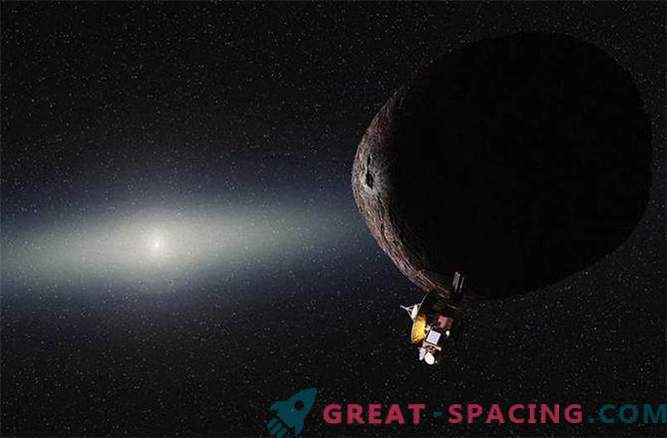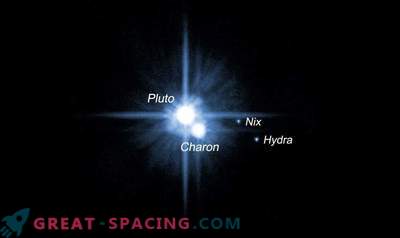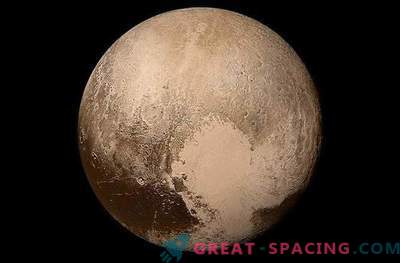
After a successful flight to Pluto in July of this year, NASA’s New Horizons spacecraft will be sent to a small ice body known as “2014 MU69” located about a billion miles away in the Kuiper Belt, the area beyond Neptune’s orbit.
Funding for the expanded mission has not yet been approved, but the New Horizons mission team should send a control signal to the spacecraft to turn on the engine in October for a new flight that will last until January 1, 2019.
After turning on the Hubble Space Telescope to search for potential targets in the Kuiper Belt, scientists began to doubt between choosing the 30-mile MU69 and the second somewhat large Kuiper Belt object.
To achieve MU69, less fuel is required and the flight will last 3 months less than before the second candidate, despite the fact that it is more and more attractive scientifically.
But fuel economy to achieve MU69 will allow to leave additional reserves for unforeseen steering maneuvers in the same way as in case of possible equipment failure. The mission of New Horizons flew past Pluto and its family of satellites on July 14, becoming the first spacecraft to reach the Kuiper Belt object, an area in which scientists believe the untouched bodies of the formation of the Solar System about 4, 6 billion years ago.
Pluto and its largest satellite, Charon, turned out to be more active than previously thought.
Scientists believe that small bodies such as MU69 were the building blocks for Pluto, which was considered the ninth planet of the solar system, until scientists determined it to the class “dwarf planets”. Pluto is the largest known Kuiper Belt site.
Only a small part of the data collected during the passage of the New Horizons mission was transmitted to Earth. The bulk of data and scientific materials will be transferred in mid-September.











































